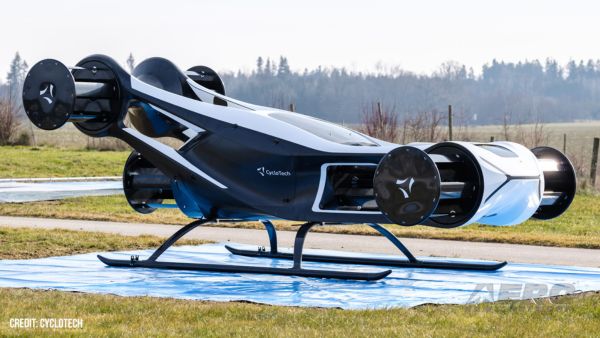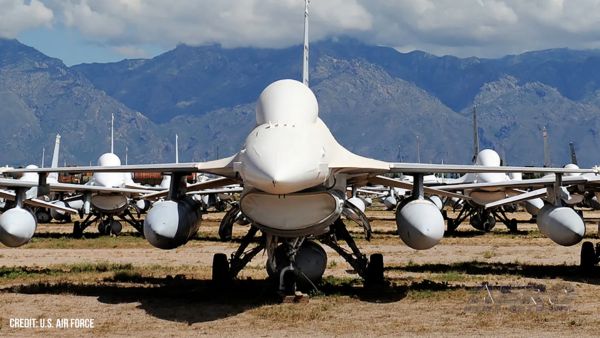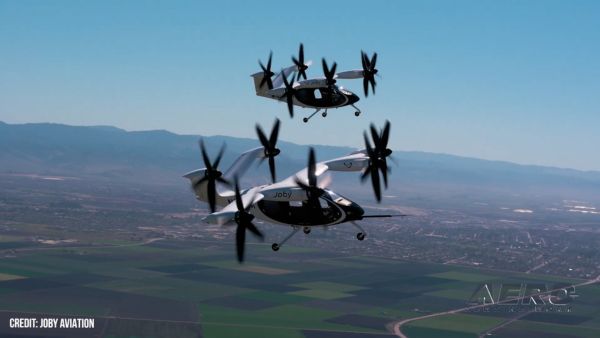New DHS Partnership Solidifies State’s Work With Unmanned Systems
Mississippi’s leadership in unmanned aircraft systems (UAS) is reaching new heights, thanks to a recent partnership with the Department of Homeland Security (DHS). Our state was chosen in April to host the department’s UAS demonstration range facility for testing small unmanned aircraft systems, or drones. DHS plans to use these systems to help U.S. Border Patrol agents perform their monitoring, detection, and search-and-rescue operations.

That is the assessment of U.S. Senator Roger Wicker (R-MS), writing in his weekly newsletter posted to his website.
According to Wicker, Camp Shelby, which is home to a UAS training center for the Army National Guard, is kicking off its role in the DHS partnership with an opening day celebration this month. Singing River Island and Stennis Space Center will also be test sites, with miles of restricted airspace for DHS to use in a controlled manner that does not encroach on privacy or jeopardize safety.
Mississippi State University, which has been on the front lines of UAS technology for years, is leading the partnership with DHS. Two years ago, the FAA chose Mississippi State as its national Center of Excellence for Unmanned Aircraft Systems. The Center of Excellence is tasked with researching the safe use of unmanned aircraft and helping develop policies that would promote a seamless integration of these drones into U.S. airspace. DHS testing of UAS systems in Mississippi will expand on this important work, targeting possible uses of drones for national security, border control, and disaster response.
The applications do not stop there. Drones are changing how we deliver goods, grow crops, map terrain, and research wildlife. Unmanned systems are not limited to the skies but also allow us to explore the ocean in unprecedented ways. The Naval Oceanographic Office at Stennis Space Center has the largest fleet of gliders and largest concentration of oceanographers in the world.
Wicker says he has supported efforts to use unmanned maritime systems, or gliders, for collecting data on hypoxia in the waters of the Gulf of Mexico. A lack of oxygen creates what is known as a “hypoxic zone,” or “dead zone,” that can have a devastating effect on marine ecosystems. The Gulf of Mexico is currently experiencing its largest dead zone ever, reaffirming the need for monitoring.
Gliders offer a low-risk, cost-effective option for amassing data over a large geographic area, revealing trends and conditions that could help scientists understand the dead zone’s size and severity. Given this potential for routine and rigorous data collection, I have also advocated the use of gliders by the U.S. Integrated Ocean Observing System in its work to protect marine resources, promote public safety, and safeguard maritime commerce.
Like Mississippi State’s work with UAS, the University of Southern Mississippi is earning an excellent reputation for its work with undersea gliders. Southern Miss has developed the first certification for unmanned maritime systems, allowing students to gain valuable skills in a burgeoning career field. The certification program’s first class of students graduated this year.
"Unmanned systems are at the crossroads of so many diverse fields that strong partnerships are crucial to maximizing their potential. Mississippians have repeatedly demonstrated an ability to collaborate across local, state, and federal levels. Likewise, our universities have been eager to engage in research and training with real-world applications. Because of these collective efforts, the future of unmanned systems – on land and under the sea – has already arrived in our state," Wicker said.
(Source: Sen. Wicker newsletter. Image from file)
 NTSB Prelim: Hy-Tek Hurricane HP
NTSB Prelim: Hy-Tek Hurricane HP ANN's Daily Aero-Term (05.14.25): Flight Check
ANN's Daily Aero-Term (05.14.25): Flight Check Aero-News: Quote of the Day (05.14.25)
Aero-News: Quote of the Day (05.14.25) ANN's Daily Aero-Term (05.15.25): Primary Radar
ANN's Daily Aero-Term (05.15.25): Primary Radar Airborne 05.12.25: $1M Flying Car, Marion Airport Saved, AirVenture Cup
Airborne 05.12.25: $1M Flying Car, Marion Airport Saved, AirVenture Cup



